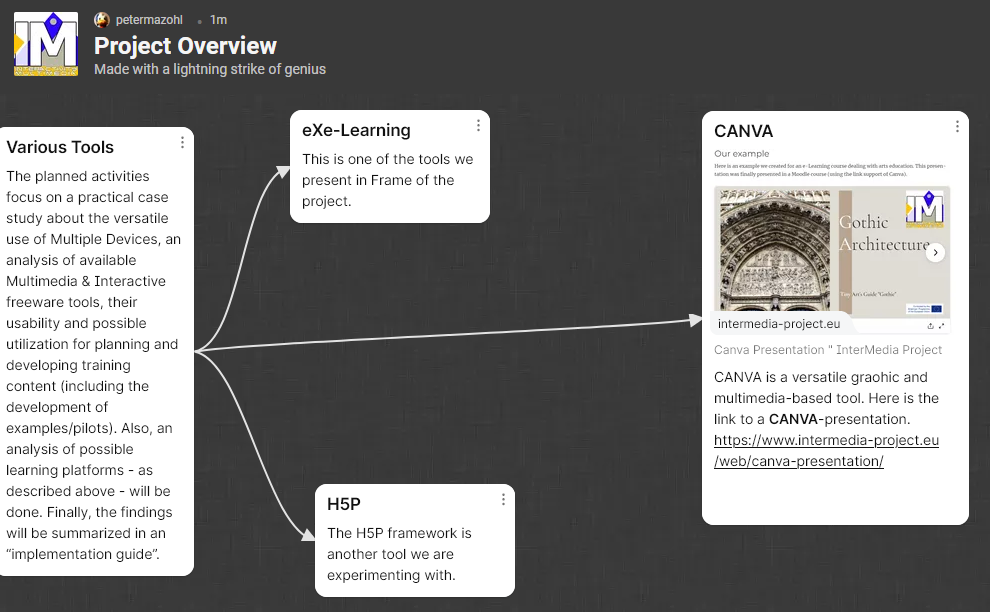In the frame of the preparation of the first Learning-Teaching-Training Event in Odense (Denmark) we created a small Padlet. This tool is an extremely easy-to-use tool that allows learners to collaborate online by posting text, images, links, documents, videos, and voice recordings.
What is Padlet?
Padlet is a digital tool that can help educators and scholars in class and beyond by offering a single place for a notice board. That is of its utmost elementary. This digital notice board is qualified to feature images, links, videos, and documents, all collated on a” wall” that can be made public or private.
How to use – what are the costs?
The trainer needs an account. Up to three pinboards are free of charge and can be used by an unlimited number of editors without an account. If you want to use more pinboards at the same time, you pay a monthly fee (or use different accounts).
Registration for the trainer is required. Learners don’t have to register and use the Padlet with the published link.
In addition to sharing by email or via social networks, the pinboard can also be embedded in a learning platform. With various security options, Padlet leaves it up to the user to determine the degree of publicity of their own pinboard.
Added value of Padlet
With the online tool Padlet, trainers and their learners can collect content and notes on a digital pinboard independent of time and place. Different topics can be visualized by posting ideas, statements, pictures, recorded sounds, or videos on the pinboard. A Padlet consists of individual notes, the Pads. With just one click, a new Padlet is created, which can then be changed in terms of appearance and functionality. Padlet can be used alone or in a group. It is suitable for earning groups to work together on questions or topics, to distribute tasks, and to capture answers or a spontaneous opinion of pupils.
Aufrufe: 1443

